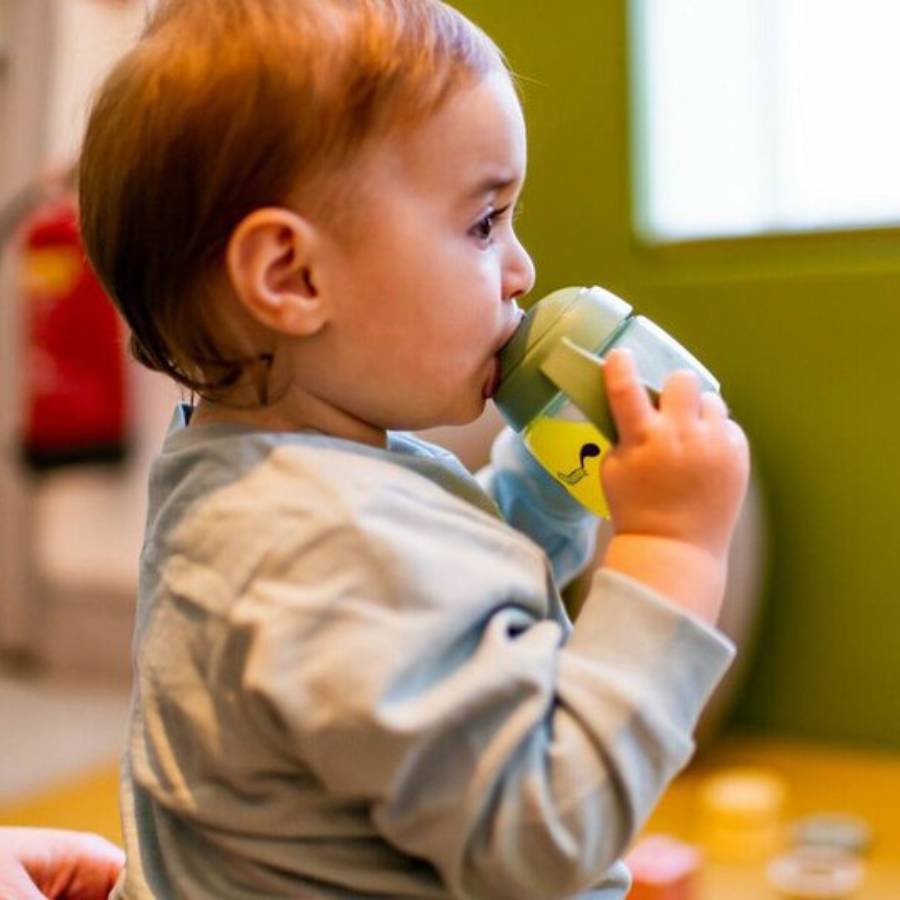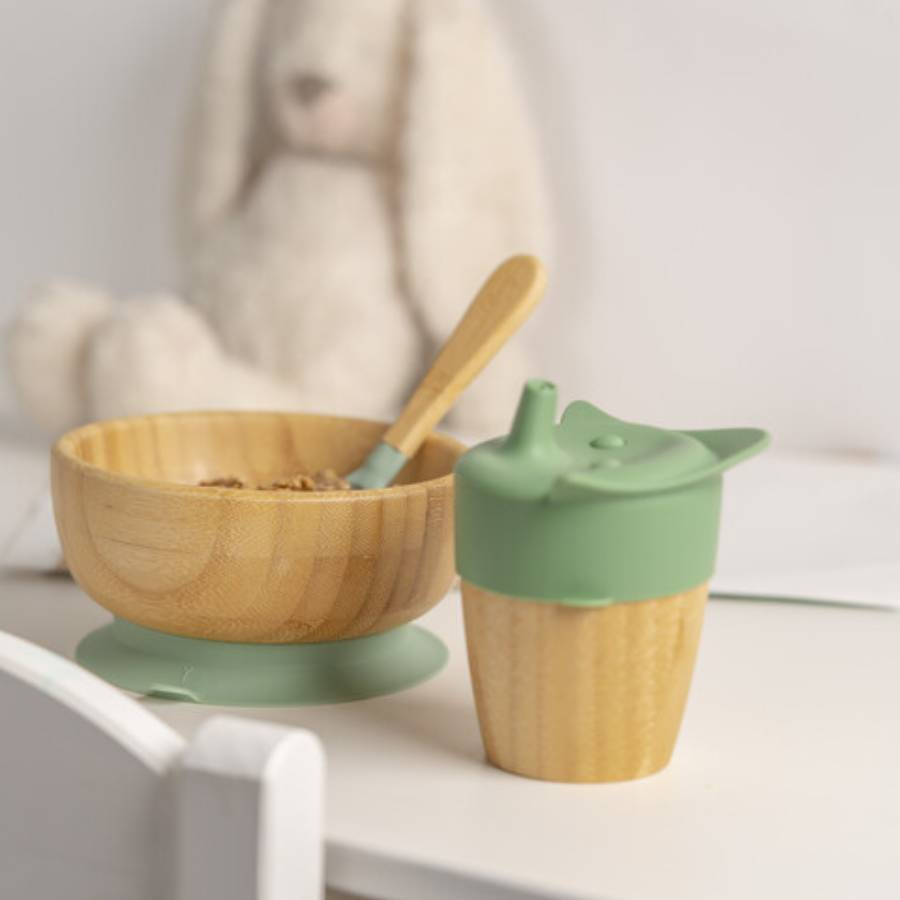
Can I Continue with the Toddler Formula?
Toddler formulas; also known as transition formulas, follow-up formulas or weaning formulas; contain added sugars, are expensive, and unnecessary for most kids as they do not offer any nutritional value.
By the time toddlers are 1-year-old they would be having 3 meals a day and 2 snacks. This is where most of their nutrition comes from. So, if they are fed with toddler formula, they will lose their appetite for other food items. In case, the baby is facing underlying issues such as kidney problems, liver problems or metabolic conditions, formula can be continued past 12 months of age.
What is the Best Milk for a 1-year-old?
One year olds require milk with high fat content which helps them with brain development. Pasteurized whole cows’ milk is the best milk to offer a toddler. They can continue having it until 2 years of age, after which lower fat alternatives will be sufficient.

Can I Give my Kids Plant-based/ Non-dairy Milk?
If the toddler is lactose intolerant or comes from a vegan family, soy milk is a good alternative. However, it is important to remember that plant-based/ non-dairy milks do not have the same nutritional value as a cow’s milk. They lack important nutrients such as calcium, vitamin D and B12 that are necessary for growing toddlers.
Milk Alternatives for Toddlers
Unsweetened soy milk and rice milk are among the best alternatives for cow’s milk. The former has a similar amount of protein as cow’s milk, but is lower in calories (which babies need), and the latter is high in calories but lacks protein and has more added sugar.
The best way to decide what is best for the toddler is to look at their overall diet. Every child is different and has different diets. Consulting with a pediatrician to check for any deficiencies and overall nutrition will help create a personalized approach to the child’s needs.
How Much Milk Does My Toddler Need?
Toddlers aged between 1-2 years should drink 16-24 ounces of cow’s milk daily. That is, 2-3 cups a day. As they grow older, between 2-5 years of age, they need less milk. Feed them 16-20 ounces daily during this period. It is recommended to monitor baby’s milk intake as overfeeding can reduce iron absorption and lead to anemia.

How to Wean a Baby Off Infant Formula?
Parents can either go cold-turkey or follow a slow and gradual process to wean their babies off infant formula. Choosing one depends on the parenting styles, a baby’s personality and other factors personal to a caregiver.
Those following a slow transition can start at 11 months of age. After the pediatrician approves, parents can offer one ounce of milk in a sippy cup during snack or mealtimes to help babies get used to the taste of cow’s milk. Serve the milk at the same temperature as the previous servings of infant formula. A similar temperature will allow the baby to adjust to cow’s milk more easily. Warm cow’s milk using a stove instead of a microwave.
If the Toddler Likes the Taste of Cow’s Milk
- Start by replacing one formula feed a day with a 2- to 4-ounce serving of whole milk in a sippy or straw cup.
- Over the next 10 days or so, increase the milk servings while decreasing the formula servings, without exceeding 16 to 24 ounces of cow’s milk a day.
- Stop serving formula once the toddler is drinking milk with no issues.
If the Toddler Prefers Formula Over Cow’s Milk
Prepare 2 ounces of baby formula and 2 ounces of cow’s milk. Mix both of them together to achieve a 4-ounce serving of half prepared formula and half milk. Over the course of a week or 10 days, add more milk and less formula to the mix, until the sippy cup is filled with just cow’s milk.
Bottle or cup?
After the age of 1, bottles are a big no-no as bottle feeding can affect teeth growth and cause cavities. Toddlers can be transitioned into a sippy cup, or a cup with straw around 9 months of age.

When to Hit Pause on Weaning Off Formula
If the toddler’s stools have a dramatic change or they are experiencing stuffiness, the transition to cow’s milk should be slowed down. If the symptoms get worse, consult a pediatrician for potential milk allergy and safe milk alternatives for toddlers.
Some other signs that the baby may not be able to digest cow’s milk are constipation, diarrhea, rash and vomiting.
As parents and caregivers help their toddlers make this significant transition, it is important to remember that water and cow’s milk are the best drinks for a baby. They provide all the hydration and nutrients required. Juices, flavored milks, sodas, caffeinated beverages and sports drinks should not be given to growing babies. Once a toddler has a taste of these grown-up beverages, they are less likely to drink milk or water which is actually good for them.
Take things slowly and observe the baby's reactions for feedback. Aim for a gradual transition to ensure they adapt comfortably. Remember, every baby is unique, and there's no one-size-fits-all approach. Enjoy this journey of exploration and discovery with your little one!









